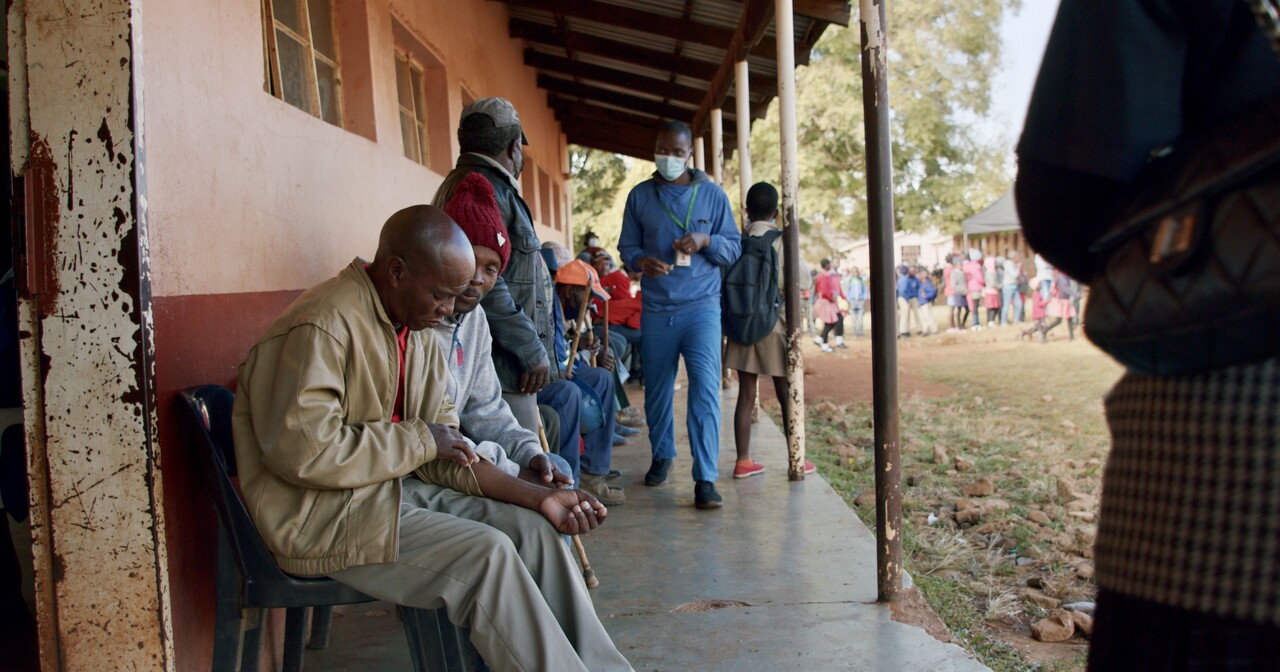Global Access Limitations
In a world where medical technology is constantly evolving, it’s easy to assume that most people have access to essential diagnostic care like X-rays. However, a statistic from the World Health Organization reveals a harsh reality: two-thirds of the global population lacks access to imaging technologies(1). This revelation not only sheds light on a critical disparity in healthcare but also underscores the urgent need for change.
Certain regions lack more access than others. In Forbes, Mahmoud Barakat, Associate CEO at Rology, highlights the vast problem in Kenya:
“(There’s) 200 radiologists available to serve a staggering 3,020 hospitals, and the disparity is even more pronounced in rural areas, where 72.5% of the population resides”(2).
With the scarcity of healthcare providers, there’s a bottleneck in patient care. Addressing this issue requires empowering existing medical professionals to increase their capacity.
What’s one way to do this? By providing heightened access to advanced imaging equipment and digital tools.
Backed by a study from PLOS Global Public Health, here’s why we can’t wait any longer to enact this change:
Delayed or missed diagnoses:Without proper imaging, early injury care becomes a challenge. This can lead to delayed diagnoses, missed opportunities for quick intervention, and potentially worse health outcomes.
Unequal access to life-changing care: The current disparity creates a situation where the availability of medical services is heavily influenced by geographical location, further widening the gap in healthcare equity. (3)
Improving access to diagnostic imaging in regions like Kenya is not just a matter of convenience, it’s a critical step towards ensuring equitable access to healthcare and overall health outcomes for entire populations.
Where OXOS Comes In
OXOS’ goal is to empower earlier and more accurate diagnoses through expanded X-ray access for patients and healthcare professionals.
By improving efficiency and effectiveness of our imaging technology, we can lessen the X-ray accessibility gap. Traditional X-ray machines can be bulky and require specialized infrastructure, making them impractical for many settings, especially in low-resource areas. However, advancements like portable and handheld X-ray devices offer a game-changing solution. These versatile X-ray machines can be deployed in diverse or remote settings, enabling providers to deliver prompt and comprehensive care at the point of need.

Further Advancements
Integrating artificial intelligence (AI) and machine learning algorithms into X-ray technology can improve processes and accuracy. Existing AI improves workflow, while future developments like Noise to Noise blur reduction can promise even better image quality. Harnessing the power of these digital tools can enhance the ability to analyze images rapidly and accurately. Professionals can expedite diagnoses, reduce human error, and optimize treatment plans. The synergy between AI and X-ray has the potential to change the industry for years to come.
The revelation that two-thirds of the world lacks access to X-ray diagnostics is a reminder of the inequalities in global healthcare. However, companies like OXOS can change this statistic. Through advancements in technology, collaboration, and advocacy, we can empower medical professionals worldwide to deliver quality care and improve health outcomes like never before. It’s time to make access a universal reality.
